Effective Resistance Bands Exercises That You Should Try
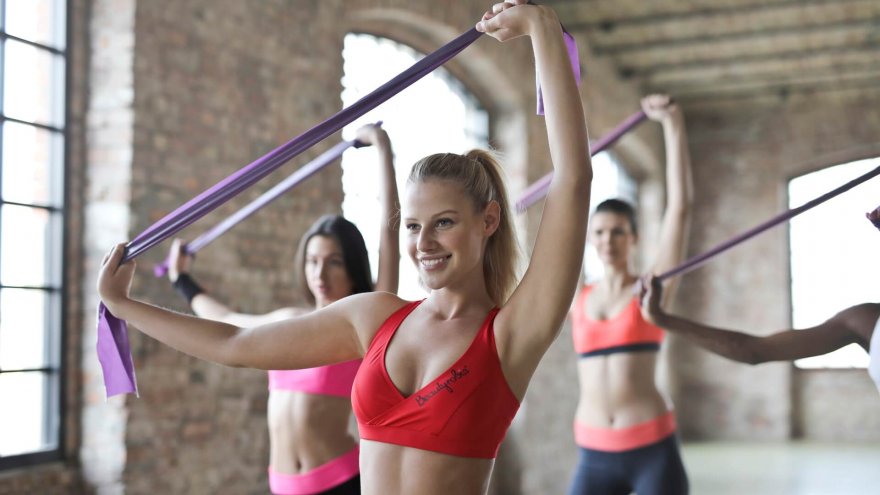
Strength training is one of the most important components of a marathon training program. In general, it is highly beneficial for all persons, especially those with musculoskeletal disorders and disease. Although strengthening exercises can be performed without any equipment, solely using body weight, it is ideal to advance exercises with the use of weighted equipment.
Gym memberships, fitness classes, and creating at-home gyms can get expensive, so there are other feasible options when it comes to exercise equipment. A relatively inexpensive product that is widely used at home, fitness centers, and in physical therapy clinics and hospitals are resistance bands. They are simple to use and provide a quick way to get in exercise. For runners, this is a plus, since they tend to skip strengthening due to time constraints.

Upper Body Resistance bands Exercises
Using resistance bands is highly effective for strengthening the upper body. Runners use the arms, back and chest muscles to propel themselves forward and to maintain balance during running. Surprisingly a stronger upper body leads to faster running. The chest and back muscles are part of the core, which is the foundation of our posture. If these areas are weak and our posture suffers during running, the rest of the body will follow with fatigue early on.
Below are examples of effective resistance bands exercises to strengthen the upper body. Shoulder rows mimic a similar motion as the arms swing in running, while the horizontal abduction move strengthens the muscles that help keep an upright posture. Upper torso rotation with the band will target all of the core muscles, especially those used in the trunk rotation required for running.

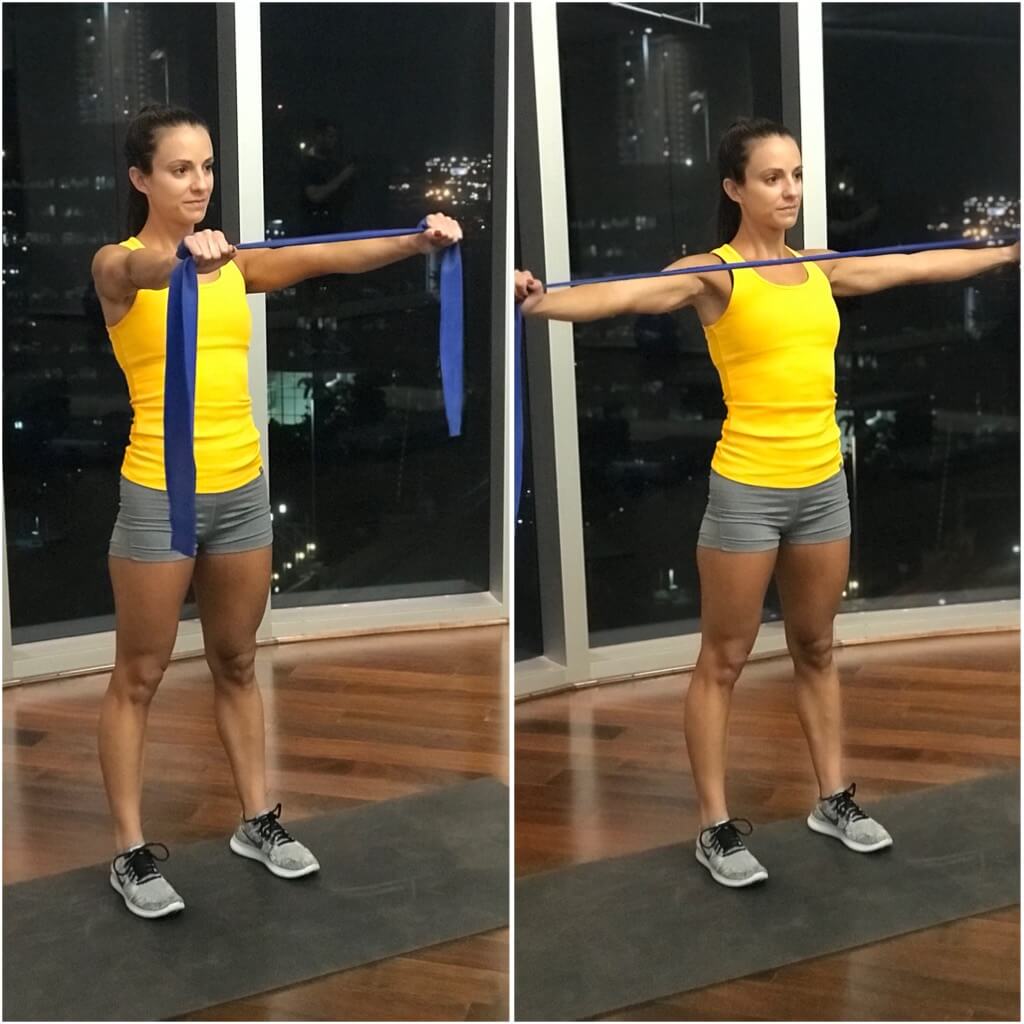
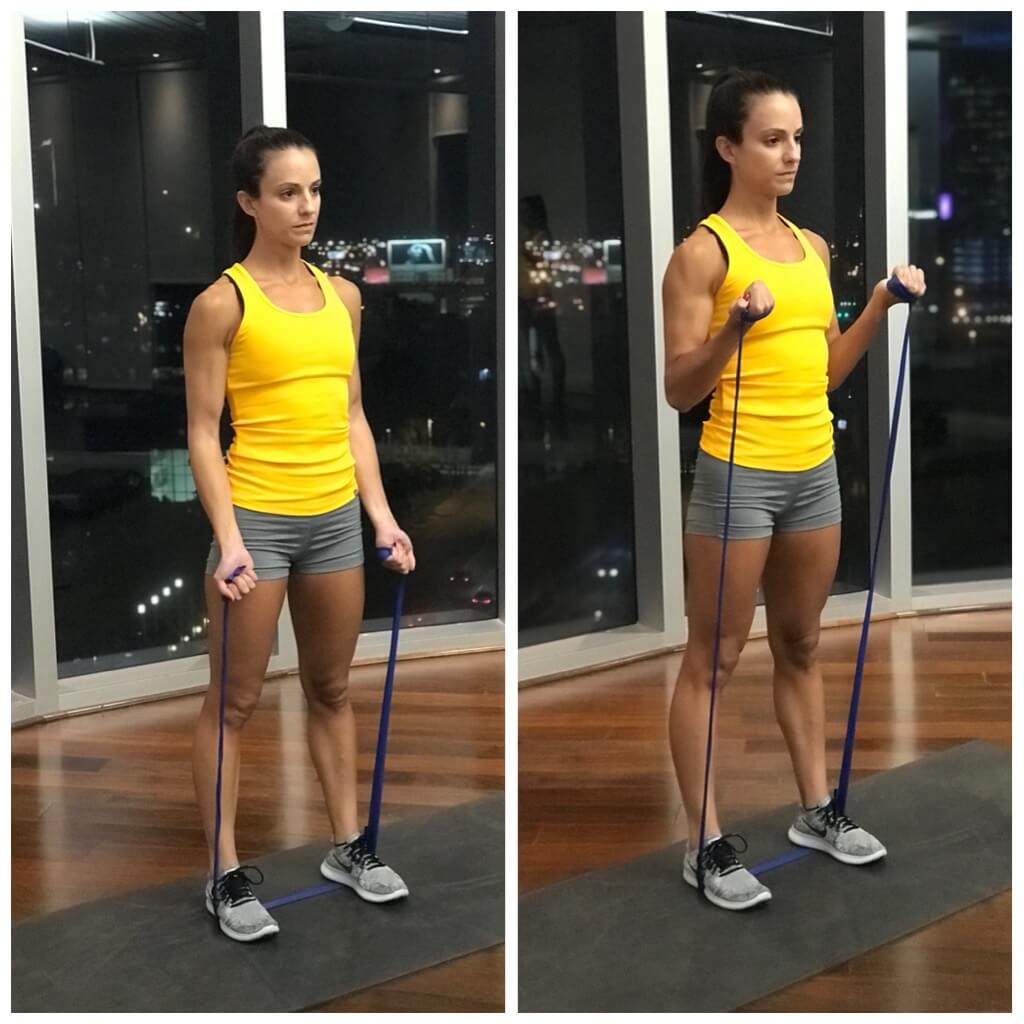
Lower Body Resistance Band Exercises
As far as the legs go, there are countless strengthening exercises out there using resistance bands. The key to making your workouts as efficient as possible is to choose three to four exercises that hit the most important parts of the lower body. Floor exercises are great to include before or after a run, and especially if recovering from an injury, as they are non-weight bearing.
With the band around the knees, performing bridges while holding the knees apart targets the glutes, hamstrings, and hip abductors. Clamshells will target the hip external rotators, which are the muscles in charge of preventing hip drop during running. Standing exercises are effective at strengthening the hips, as well as the rest of the muscles in charge of balance.
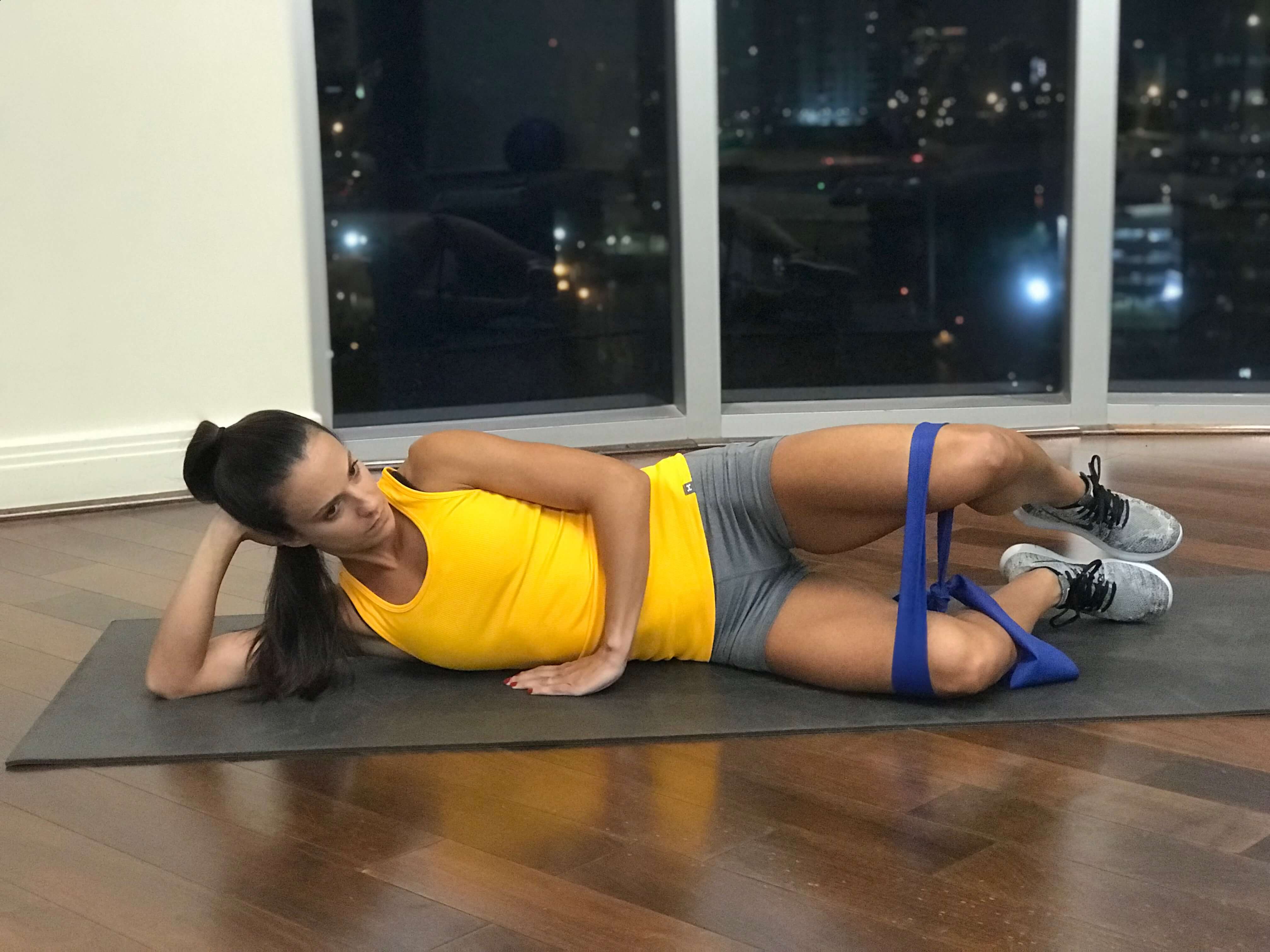
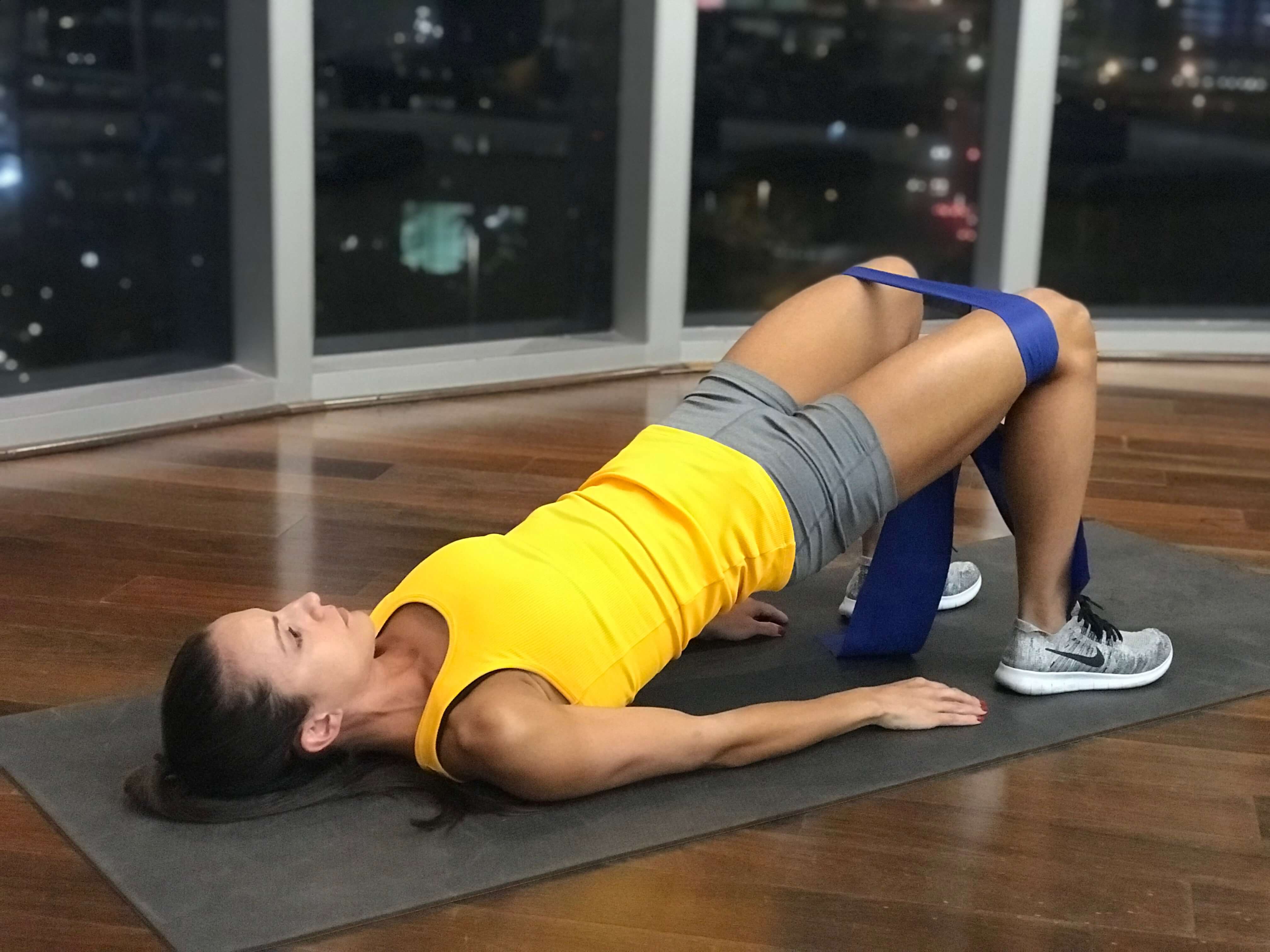
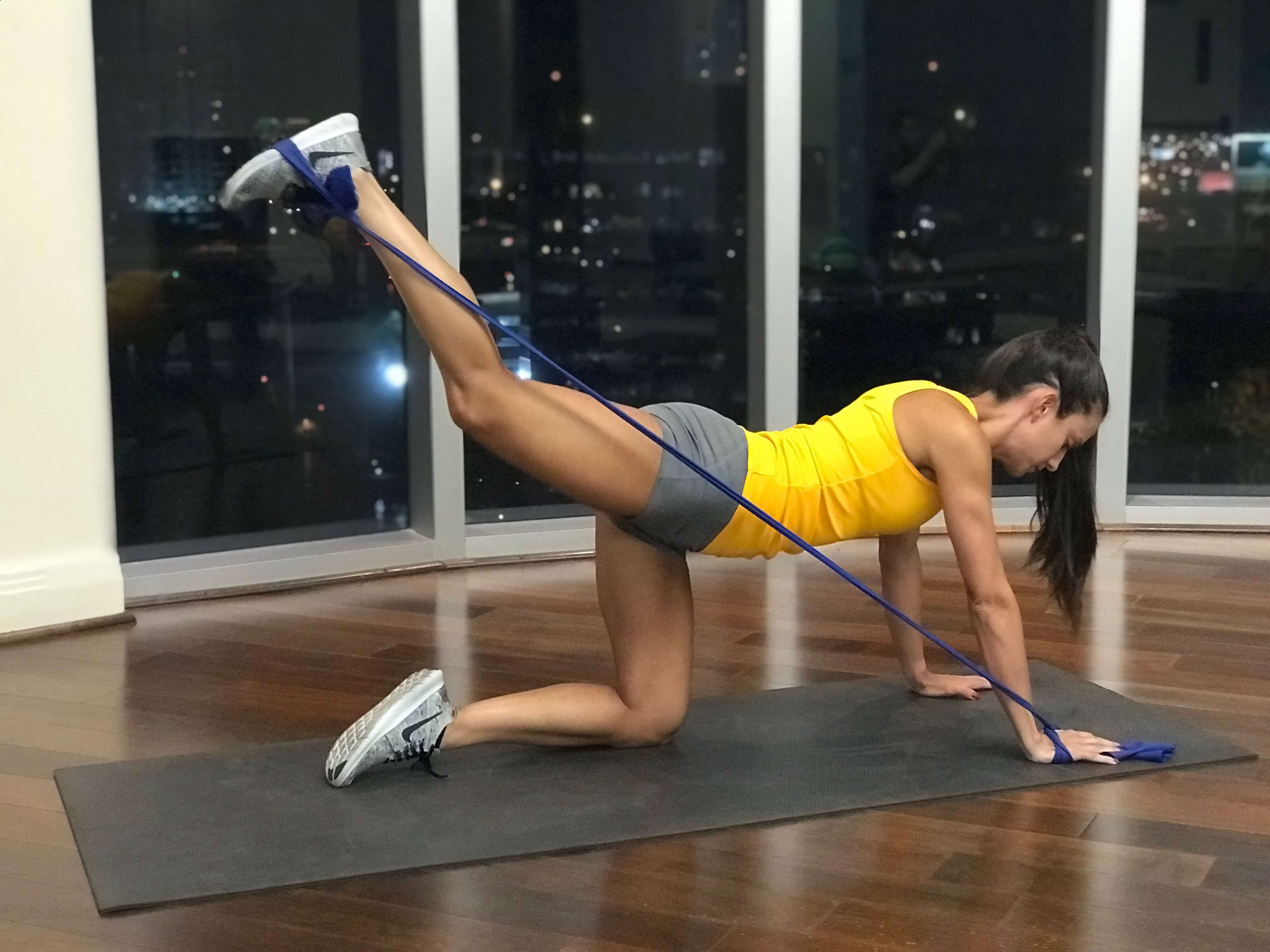
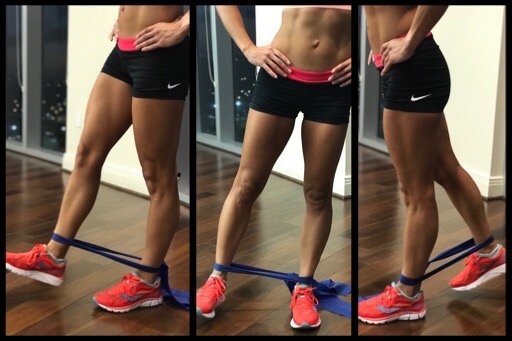
Resistance Bands Exercises Better Than Weights and Machines?
Many believe the strength gains that are attained using fitness machines and dumbbells are far more achievable than using elastic resistance, but studies show otherwise. Resistance bands do not provide a quantitative value of their actual or relative resistance, so it is solely based on subjective measures and is progressed based on the perceived level of exertion of the exerciser.
This is thought to be a downside of using bands but does not mean the strengthening cannot be advanced in order to gain results. One major reason why resistance bands are a better choice for strengthening is that it is a safe alternative to exercising for those who have been injured in the past. The large and heavy weighted bars and dumbbells at the gym are an almost impossible choice for someone with a history of back or knee pain.
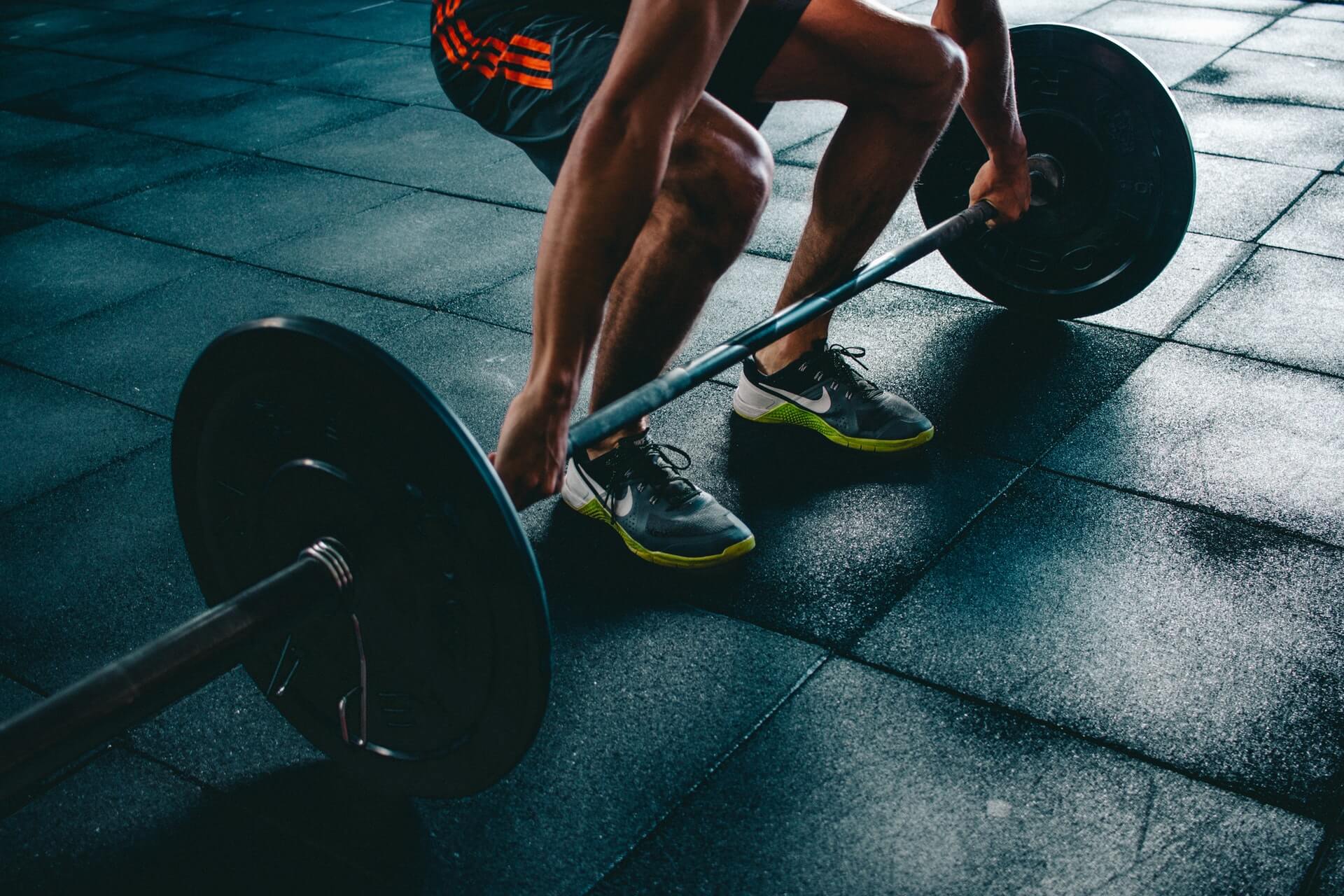
Research shows that resistance bands are just as, and maybe more, effective at muscle activation for single-joint exercises than conventional equipment. Single joint exercises are those that involve one group of muscles at a time. Multiple joint exercises are more beneficial, especially for athletes as they work several muscle groups at a time and mimic movements used in regular daily activities as well as in sports. Resistance bands offer an efficient way to perform these types of workouts and gain similar results than with conventional equipment.
Studies indicate that upper body moves using bands such as pull-downs, push-ups, and rows are just as effective at activating muscles than using other equipment. In the same studies, lower body exercises with bands were shown to be effective but at activating different muscles throughout the movement of squats, stiff-legged deadlifts and lunges. No matter the differences in the muscles activated, resistance bands exercises were shown to be highly effective at gaining strength in all studies.
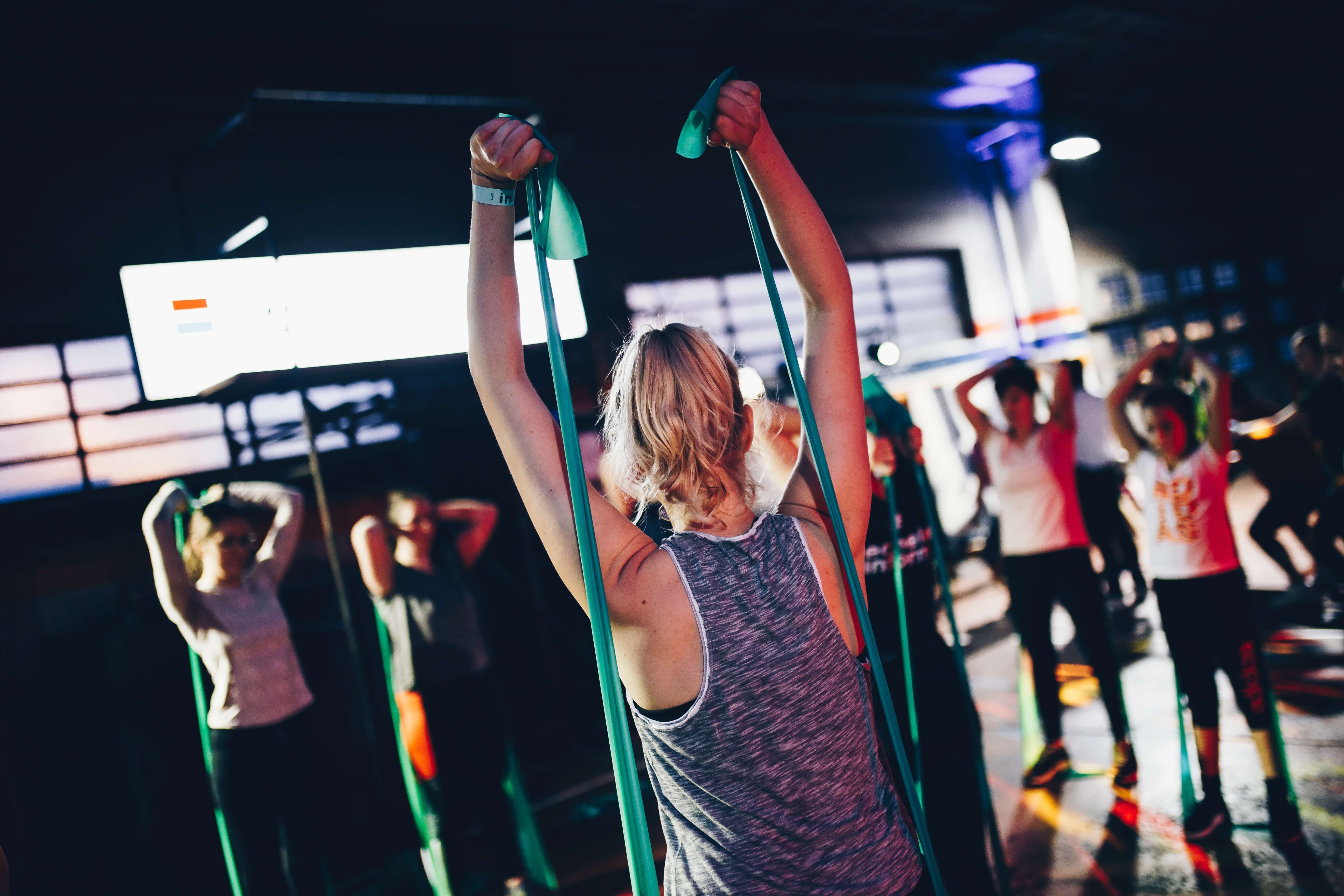
For runners, owning a few levels of resistance bands is extremely useful for the everyday strengthening we should all be doing. Rather than rushing through a run to get to the gym on time, it is a quick option to grab a band and squeeze in a couple of glute exercises before or after a run. Besides the resistance bands exercises described above, resistance bands workouts are overflowing on the internet, so it is easy to keep changing up the workout program to advance your strength and avoid boredom. Just be sure to check your exercise form with a professional such as a physical therapist. Strength training is one of the most effective ways to limit injuries and improve form and mechanics in runners, regardless of the method you choose.
Sources
Latest Articles
 Is Running on a Treadmill Easier Than Running Outside?Runners have their own preferences, whether it is treadmill running, running outside on the road, or exploring trails. So...
Is Running on a Treadmill Easier Than Running Outside?Runners have their own preferences, whether it is treadmill running, running outside on the road, or exploring trails. So... Is It OK to Use Trail Running Shoes on the Road?While trail running shoes can be used on roads, especially in situations where a runner encounters mixed terrains or pref...
Is It OK to Use Trail Running Shoes on the Road?While trail running shoes can be used on roads, especially in situations where a runner encounters mixed terrains or pref... How to Fix Sore Quads After Running?Rest, ice, gentle stretching, and over-the-counter pain relievers can help soothe sore quads after running. Also, ensure ...
How to Fix Sore Quads After Running?Rest, ice, gentle stretching, and over-the-counter pain relievers can help soothe sore quads after running. Also, ensure ... 10 Fruits With The Most Electrolytes to Replace Sports DrinksThese fruits are high in electrolytes such as potassium, magnesium, and calcium, essential for hydration, muscle function...
10 Fruits With The Most Electrolytes to Replace Sports DrinksThese fruits are high in electrolytes such as potassium, magnesium, and calcium, essential for hydration, muscle function...

